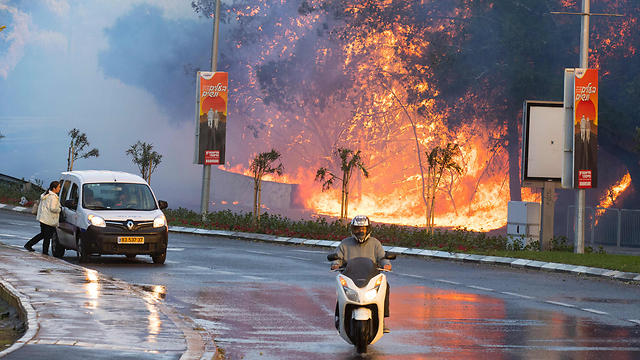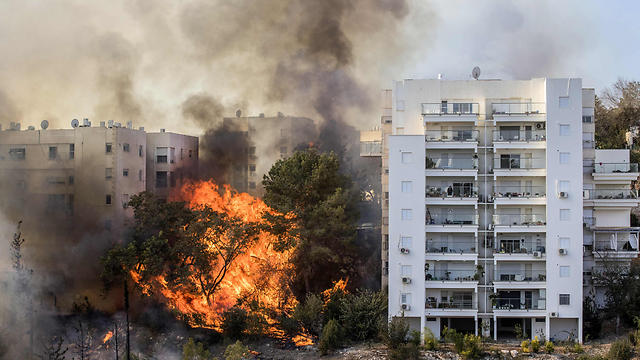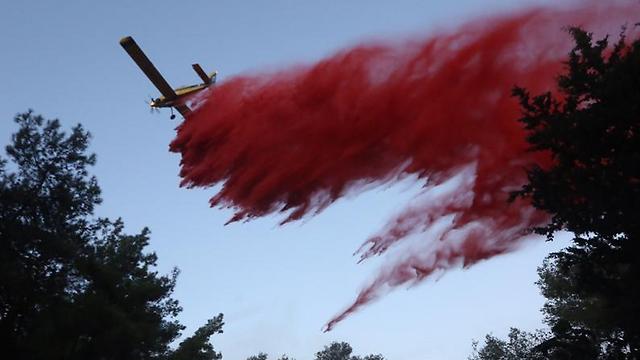Obama administration expands elite military unit’s powers to hunt foreign fighters globally
WaPo: The Obama administration is giving the elite Joint Special Operations Command — the same organization that helped kill Osama bin Laden in a 2011 raid by Navy SEALs — expanded power to track, plan and potentially launch attacks on terrorist cells around the globe, a move driven by concerns of a dispersed terrorist threat as Islamic State militants are driven from strongholds in Iraq and Syria, U.S. officials said.
The missions could occur well beyond the battlefields of places like Iraq, Syria and Libya where Joint Special Operations Command (JSOC) has carried out clandestine operations in the past. When finalized, it will elevate JSOC from being a highly-valued strike tool used by regional military commands to leading a new multiagency intelligence and action force. Known as the “Counter-External Operations Task Force,” the group will be designed to take JSOC’s targeting model — honed over the last 15 years of conflict — and export it globally to go after terrorist networks plotting attacks against the West.
The creation of a new JSOC entity this late in the Obama’s tenure is the “codification” of best practices in targeting terrorists outside of conventional conflict zones, according to the officials who spoke on the condition of anonymity to discuss administration deliberations. It is unclear, however, if the administration of President-elect Donald Trump will keep this and other structures set up by Obama. They include guidelines for counterterrorism operations such as approval by several agencies before a drone strike and “near certainty” that no civilians will be killed. This series of presidential orders is known as the “playbook.”
The new JSOC task force could also offer intelligence, strike recommendations and advice to the militaries and security forces of traditional Western allies, or conduct joint operations, officials said. In other parts of the world, with weak or no governments, JSOC could act unilaterally.
The global focus is reminiscent of when U.S. forces first went after al-Qaeda in the months after the Sept. 11, 2001, attacks. As approaching U.S. troops forced militants to flee their safe havens in Afghanistan and scatter across the globe, the United States followed in pursuit, using CIA assets to grab suspected al-Qaeda operatives in dozens of countries, sometimes capturing, imprisoning and torturing them under murky legal authorities.
Some in the Pentagon hope to see the new task force working in tandem with the CIA, elevating a sometimes distant relationship to one of constant coordination to track and go after suspected terrorists outside of traditional war zones.
In recent years the agency’s involvement in global paramilitary operations has waned — with fewer strikes in Pakistan and Yemen, and its armed drones in Syria transferred to the Pentagon. It’s still unclear how much the CIA may be willing to cooperate with JSOC and more broadly with the Pentagon following the White House’s decision.
The agency, with its broad contacts overseas, espionage networks and long experience in covert operations still has much greater reach than JSOC.
The CIA declined to comment.
The new JSOC task force will report to the Pentagon through the U.S. Special Operations Command, or SOCOM, according to U.S. military officials, creating a hybrid command system that can circumvent regional commanders for the sake of speed.
In the past, units such as the Army’s Delta Force — which is part of SOCOM and its subordinate command JSOC — were usually deployed under those regional commanders, known as geographic combatant commands. The new task force, however, will alter that process by turning SOCOM’s chief, Army Gen. Raymond “Tony” Thomas, into a decision-maker when it comes to going after threats under the task force’s purview.
The task force will essentially turn Thomas into the leading authority when it comes to sending Special Operations units after threats.
“Now [Thomas] can request whatever he wants and … unless there’s some other higher competing priority, the combatant commanders have to cough it up,” said a former senior defense official.
Turning SOCOM into a command with a global reach has been on the table for the last 15 years. In 2001, Air Force Gen. Charles Holland, then SOCOM’s commander, was hesitant to create a command structure that would effectively put SOCOM on the same level as the geographic combatant commanders. He believed it would cause too much friction with regional commanders. Instead, he decided that only in rare instances would SOCOM actually direct Special Operations forces.
It remains to be seen if the new organization will generate tensions between Special Operations Command and the generals in charge of U.S. forces in places such as the Middle East or Europe. In his March congressional confirmation testimony, Thomas suggested that assigning more authorities to SOCOM would allow for “synchronized operations” against nonstate threats that span geographic boundaries. But regional commanders, all four star generals, guard their turf carefully.
Officials hope the task force, known throughout the Pentagon as “Ex-Ops,” will be a clearinghouse for intelligence coordinating and targeting against groups or individuals attempting to plot attacks in places like the United States and Europe.
According to officials familiar with plans for the task force, it will initially draw on an existing multinational intelligence operation in the Middle East that tracks foreign fighters, called Gallant Phoenix, and one of JSOC’s intelligence centers in Northern Virginia.
While in the past the smaller task forces, such as Gallant Phoenix, were staffed by representatives from different intelligence agencies, the new task force aims to have decision-makers present, ensuring that the targeting process happens in one place and quickly.
“Layers have been stripped away for the purposes of stopping external networks,” said a defense official. “There has never been an ex-ops command team that works trans-regionally to stop attacks.”
The defense official said U.S. intelligence and law enforcement agencies will support JSOC personnel as they synthesize information and offer recommendations on how to handle specific threats.
Over the past decade JSOC has also built strong relations with police agencies in Germany, Britain, France and Turkey, as they have moved to combat the flow of foreign fighters returning to their home countries.
The number of participating intelligence agencies, both internationally and U.S.-based within the task force is in flux, the official added, as intelligence-sharing laws and internal friction have kept some on the periphery of the organization.
JSOC — rarely mentioned by name by U.S. officials due to the clandestine nature of its work — was cited specifically by Defense Secretary Ashton B. Carter last month in Paris after he and Thomas met with defense ministers involved in the fight against the Islamic State. The command “has been put in the lead” of countering the Islamic State’s external operations outside conflict zones, Carter said, surprising some defense officials in Washington.
The White House, asked to comment on the plan, issued a statement that did not use JSOC’s name, but acknowledged the role Special Operations forces play in tracking foreign fighters away from the battlefield.
“These forces on the ground, operating in close concert with our partners, have gathered critical intelligence off the battlefield, and have shared that information with our coalition partners and allies,” the statement said. “This information is helping us ramp up actions against [Islamic State] leaders and operatives planning attacks, track foreign fighters returning to their home countries and improve law enforcement actions aimed at interdicting potential plotters.”















